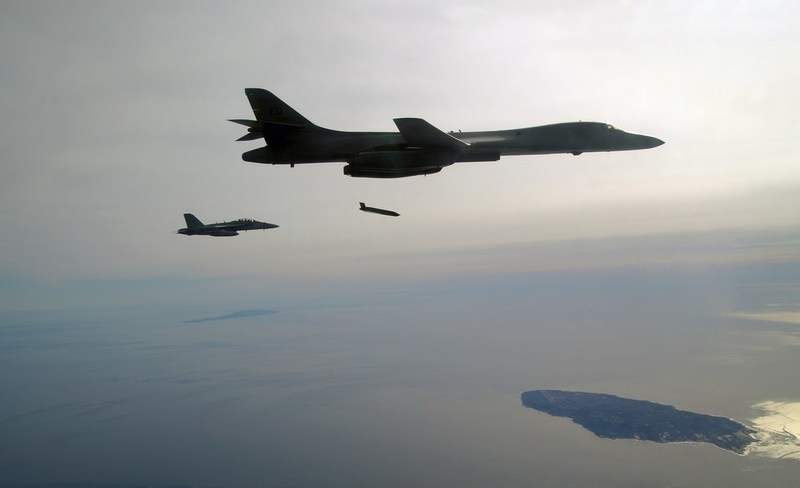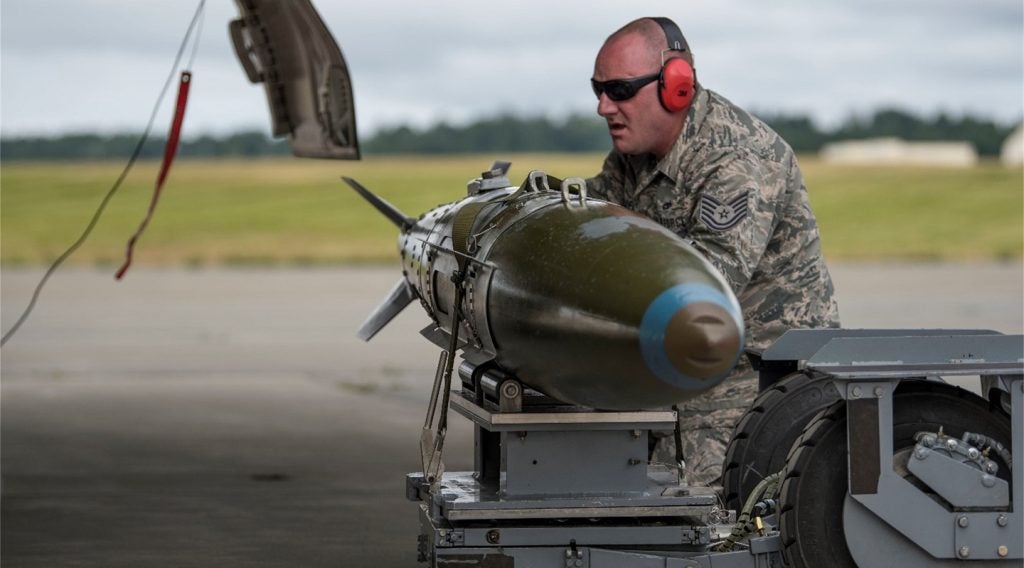
The US Air Force’s (USAF) B-1B Lancer bomber has successfully test-fired production configuration long-range anti-ship missiles (LRASMs) over the Sea Range at Point Mugu in California.
The trial witnessed the launch of two Lockheed Martin-built LRASMs against multiple maritime targets.
It met the primary test objectives, including target impact, paving the way for LRASM’s early operational capability.
Lockheed Martin Missiles and Fire Control LRASM programme director David Helsel said: “This continued success with LRASM provides confidence in its upcoming early operational capability milestone, putting a proven, unmatched munition into the US Navy and USAF inventories.
“The successful flight demonstrates LRASM’s continued ability to strengthen sea control for our forces.”
The LRASM is a precision-guided, anti-ship standoff missile that is capable of detecting and destroying specific targets within groups of ships.
How well do you really know your competitors?
Access the most comprehensive Company Profiles on the market, powered by GlobalData. Save hours of research. Gain competitive edge.

Thank you!
Your download email will arrive shortly
Not ready to buy yet? Download a free sample
We are confident about the unique quality of our Company Profiles. However, we want you to make the most beneficial decision for your business, so we offer a free sample that you can download by submitting the below form
By GlobalDataBased on the successful joint air-to-surface standoff missile-extended range (JASSM-ER), LRASM uses advanced technologies that reduce dependence on intelligence, surveillance and reconnaissance platforms, network links, and GPS navigation in electronic combat environments.
With improved ability to discriminate and conduct tactical engagements from extended ranges, the missile ensures military access to operate in open ocean/blue waters.
The air-launched variant of LRASM provides an early operational capability for the US Navy’s offensive anti-surface warfare Increment I requirement, which will be integrated on-board the USAF’s B-1B and Navy’s F/A-18E/F in 2018 and 2019 respectively.







